How to recognize a real meteorite?
This brief and provisional text is intended to help potential meteorite finders become familiar with the topic and to enable them to estimate the chances that their sample is a meteorite.
Introduction – meteorites in the Meteor Physics Group
In our group, we are primarily interested in meteorites that have been found based on our predicted strew fields. We can determine fairly reliably whether a given sample is a “fresh” meteorite, but we cannot perform classification. We are therefore colaborating with Dr. Haloda from the Czech Geological Survey (CGS), who has the necessary instrumentation and extensive experience in relevant analyses.
However, we also deal with around seventy requests each year to identify randomly found samples where the public finder is not sure whether it is a meteorite or not. The procedure is roughly as follows:
- In the first step, the potential finder sends us (or we request) detailed and sharp photos of the sample from different sides by email, information about its size, weight, density and whether the sample is magnetic. Based on this information, we can usually draw a conclusion. In the vast majority of cases, it is clear that it is not a meteorite.
- But in a small percentage of cases we are unable to make a remote determination and need to have the sample physically available. In this case we will try to arrange a personal visit to the finder with the sample. We do not have good experience with sending samples by mail and cannot recommend it. We will physically examine the sample and again, in most cases, dismiss the possibility that it could be a meteorite. Only very rarely we concluded that the found sample was indeed a meteorite. However, these were only relatively recent finds and they have always been from places where we predicted the meteorite’s fall. So far, this has only happened twice.
- If we cannot rule out that it is a meteorite even after physical examination (and these are really rare cases), we will arrange for an analysis by Dr. Haloda. Typically, these are situations where it could be an old, heavily weathered meteorite. If it is a meteorite, a classification is made and the piece remains in an accredited institution (Astronomical Institute of the Academy of Sciences of the Czech Republic, Czech Geological Survey, National Museum) according to the rules set by the Meteoritical Society. The rest is kept by the finder, who can do with it as he wishes. The meteorite is eventually given an official name, which is a relatively demanding process that has clear rules and must be approved by the Meteoritical Society and, on the basis of this, is included in the international meteorite database. However, such a case has not yet occurred with an accidental find in our country.
First of all, it is necessary to write that in the Czech Republic the chances of finding a meteorite by chance, when a suspicious “stone” catches our eye while walking in the countryside, are absolutely negligible. Samples with interesting appearance, which differ significantly from the normal rocks at the place of discovery, are, in our experience, mainly slags, as we refer to waste products from metallurgical production for simplicity. Slags can have a wide variety of appearance, composition and properties and can be found everywhere – on dirt roads, in stream beds and in deep woods. Slags are by far the most common specimens, mistaken for meteorites. Right behind them are various ores and ore minerals. There is little better hope in predicted fall areas (see Exceptional fireballs) and old areas of mass meteorite falls.
The origin of meteorites
In addition to planets, asteroids, comets and many other objects, smaller bodies move through space in the Solar System. If they are between 30 micrometer and 1 meter in size, they are called meteoroids. These can come from essentially two sources; comets or asteroids. The Earth, in its orbit around the Sun, encounters a large number of these bodies each day, with relative velocities between 11.2 km/s and 72.8 km/s. As they pass through the atmosphere, the meteoroids become very hot due to their enormous speeds – so much so that they melt and vaporize on the surface. This process is technically called ablation. This produces a luminous phenomenon that we can observe, which we call a meteor, or a bolide if it is very bright. The meteoroid is also subjected to strong mechanical stresses, fragmentation and disintegration. The meteoroid also decelerates in the atmosphere. The vast majority do not survive this ablation phase – they disintegrate and completely evaporate. This is true for all meteoroids originating from comets, which are very fragile and have usually higher entry velocities (hence ablate faster and are more loaded). However, if a meteoroid is sufficiently strong, large enough (at least a few tens of centimeters) with a low velocity, it has a chance to decelerate enough that its velocity drops below about 2–3 km/s, at which point ablation ceases and the bolide dissapears. The layer of molten material on the meteoroid’s surface cools rapidly to form the thin glassy fusion crust that is one of the main identification marks of meteorites. For the last few tens of kilometres the body no longer radiates and continues to decelerate, we call this phase a dark flight. It hits the surface essentially vertically with free fall velocity. The impact velocity depends on mass (and density), is subsonic, and if we dropped an equally heavy rock from an airplane at normal flight altitude, it would impact at a similar velocity. What we end up with on the ground is a meteorite – that is, a meteoroid that survived the ablation phase in the atmosphere.
Meteorite falls and finds
Depending on the circumstances of the find, it is customary to refer to a meteorite that has not been observed passing through the atmosphere as a find. The vast majority of the more than 76,000 classified meteorites in terrestrial collections fall into this category. Most of the finds (about 46,000) come from Antarctica, thanks to specialized expeditions. Another rich source is Northwest Africa (“NWA” meteorites; 13,000). If a meteorite is found in association with an observed meteor (or rather bolide), we refer to it as a fall. Only a little over 1200 such cases are known to date. An even rarer subset of falls are meteorites for which we also know the orbit in the Solar System. The first such case was the Příbram meteorite fall in 1959.
Meteorite composition
We do not aim here to describe the contemporary classification of meteorites, nor the detailed composition of individual types. Instead, we will only touch on two of them as briefly as possible. Traditionally, meteorites can be divided into stony, stony-iron, and iron meteorites. Stony meteorites are then divided into chondrites, which represent the least transformed material from the early formation of the Solar System, and achondrites, which come from larger bodies (Mars, Moon, asteroids) and whose formation is associated with various magmatic processes. The most common type of meteorites are the so-called ordinary chondrites, which account for over 85% of all finds (excluding Antarctica and NWA). A chance find is therefore most likely to be of this type. Ordinary chondrites have a fine-grained, grey-coloured matrix (at low degrees of weathering). It is composed mainly of olivine, pyroxene and plagioclase. Small spheres, usually up to a few millimeters in size, called chondrules, are present in this maxtrix. In addition to these, grains of pure iron-nickel alloy (and possibly troilite FeS) are also prominent. These make ordinary chondrites more dense than ordinary terrestrial rocks and also make them magnetic. They are further differentiated into H, L and LL chondrites according to their iron content.
Iron meteorites are much rarer (excluding Antarctica and NWA about 6%), but when identifying samples from the public, we often encounter materials that can be mistaken for iron meteorites. Iron meteorites are an alloy of iron and nickel with various inclusions (FeS, graphite). The nickel content is in the range of about 5–25%. The most common type of iron meteorites are octahedrites. They are composed of two minerals – kamacite with lower nickel content and taenite with higher nickel content. These two minerals form lamellar crystals that orientationally coalesce. They form so-called Widmanstätten pattern on the etched surface of the octahedrite. In rarer iron meteorites with a very low or very high nickel content (hexahedrites, ataxites), we do not see these patterns.
Identifying meteorites
It is very useful to be able to see as many actual meteorites of different types and degrees of weathering as possible. You cannot rely solely on pictures from the internet, so we recommend a visit to the National Museum, the Natural History Museum in Vienna, or the Munich Mineral Show, which takes place in October, where you can touch and buy meteorites.
We do not provide a systematic guide or key to identifying meteorites below. Rather, these are a few observations that will allow even with minimal equipment to estimate the chances of whether a given specimen is a meteorite or not:
- Fusion crust. As mentioned above, as a meteoroid passes through the atmosphere hypersonically, its surface melts and evaporates. When it decelerates below 2–3 km/s, the layer of molten material on the surface quickly cools, forming a thin glassy fusion crust on the rocky meteorites. This is dark, black, or brownish. (Although in some rare types of meteorites it can be light and mottled! But these are very rare cases.) A glance with a magnifying glass will show a fine network of tension cracks in the crust of the melt, formed as it cooled, which may resemble cracks in the dried mud at the bottom of a drained pond. Streamlines are sometimes visible on the crust of the melt. In old, heavily weathered meteorites, the fusion crust may be completely absent or rusty brown in color. On the surface of iron meteorites, the melt crust is not visible.
- High density. Ordinary chondrites contain grains of iron-nickel alloy and thus have a higher density than typical terrestrial rocks. It is about 3.5 g/cm3. This is not true for carbonaceous chondrites and most achondrites. For iron meteorites, on the other hand, we expect a density of about twice that.
- Magnetic properties. In addition to the high density, the presence of Fe-Ni grains in ordinary chondrites results in these meteorites being “magnetic”. The best way to determine this is to move a sample over a compass and see if the needle moves. If possible, avoid attaching a strong neodymium magnet, which will then make any investigation of the meteorite’s magnetic properties completely impossible. Small or heavily weathered specimens may be only very weakly magnetic (especially if they are ordinary LL chondrite). Most achondrites are non-magnetic.
- Internal structure. Ordinary chondrite is light gray on the fractured surface, often with noticeable rusty spots where iron grains are present. If it is a heavily weathered piece, it is rusty brown in color and difficult to distinguish from many different terrestrial materials. An iron meteorite may show Widmanstätten pattern when polished and etched, which clearly indicate that it is a meteorite. However, they do not show up in the rarer hexahedrites and ataxites, just as they are not seen in the small area of coarse-grained octahedrite.
- The cavities left by bubbles. If various cavities are observed on the original surface of the specimen or on the broken surface, it is not a meteorite. Meteorites do not contain cavities. They are, on the contrary, quite typical of slags and some terrestrial rocks. However, a distinction must be made between bubble cavities and so-called regmaglypts, which are depressions on the surface of larger rock and iron (where they are much more pronounced) meteorites that are formed by the action of swirling hot plasma during the ablation phase.
- The presence of quartz grains or macroscopic crystals rules out the possibility of a meteorite.
- A non-magnetic, high-density sample also indicates that it is not a meteorite.
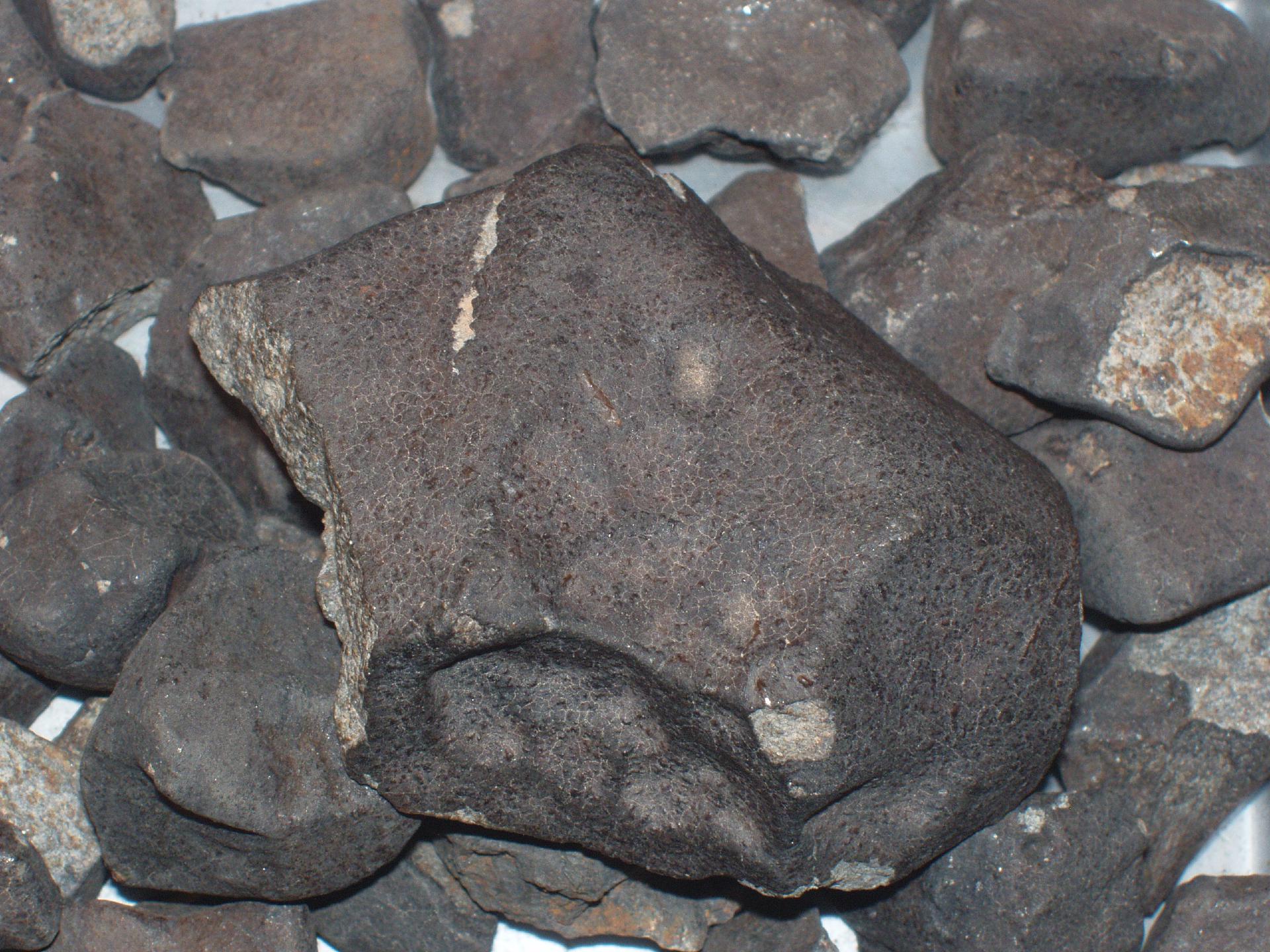
Figure 1. Melting crust on Chergach meteorite (ordinary chondrite H5). The photograph shows a network of fine tensional cracks, shallow regmaglypts and a few broken parts of the surface.
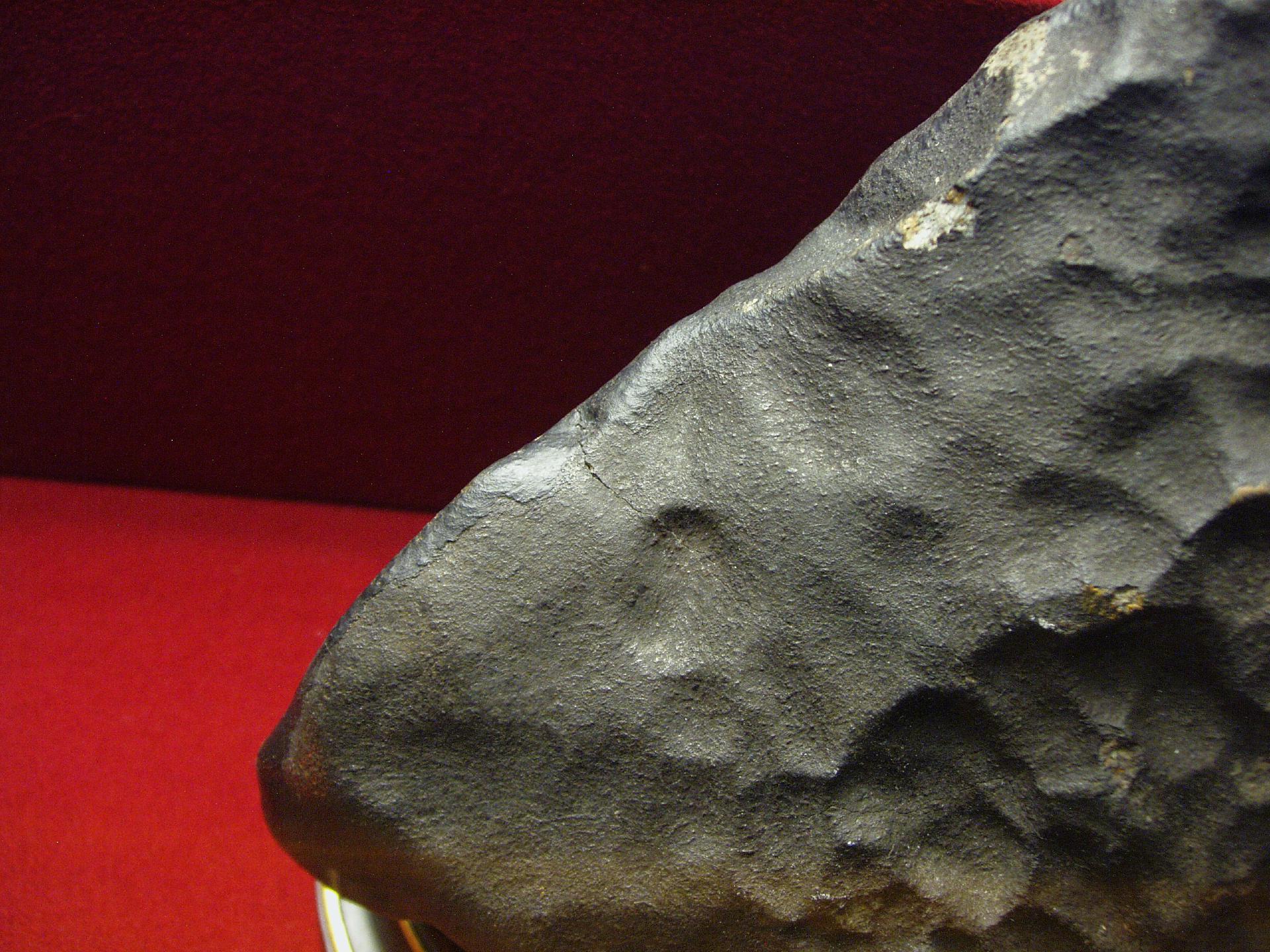
Figure 2. Melting crust and regmaglypts on the Pultusk meteorite (ordinary chondrite H5), Natural History Museum, Vienna.
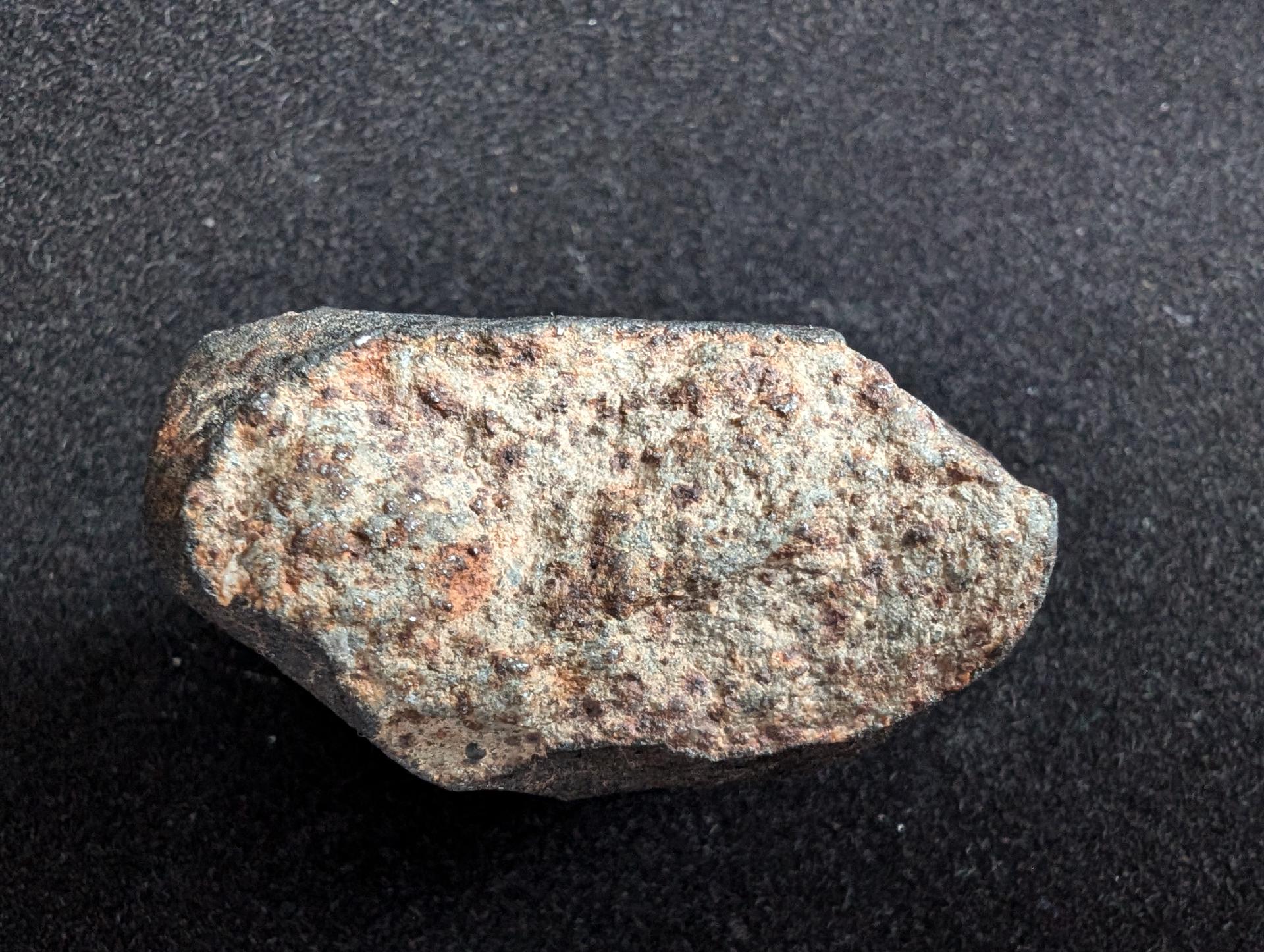
Figure 3. Broken part of the surface of meteorite NWA 869 (ordinary chondrite L3-6). The incipient weathering of iron-nickel grains produces rust spots in the light grey matrix. Sample size 45 x 25 mm.
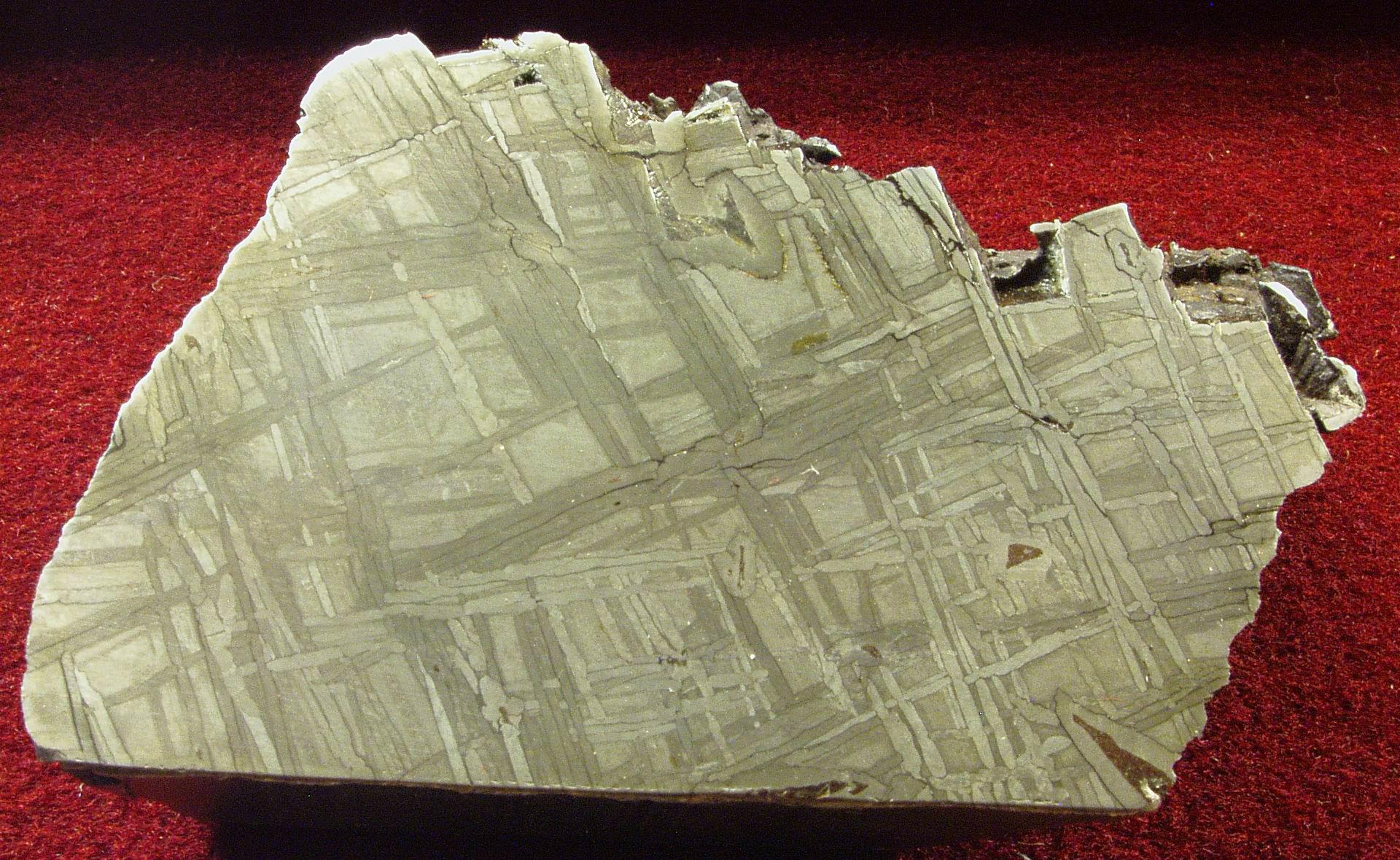
Figure 4. Widmanstätten pattern on the Tieraco Creek iron meteorite (IIIAB) section, on display at the Natural History Museum in Vienna.
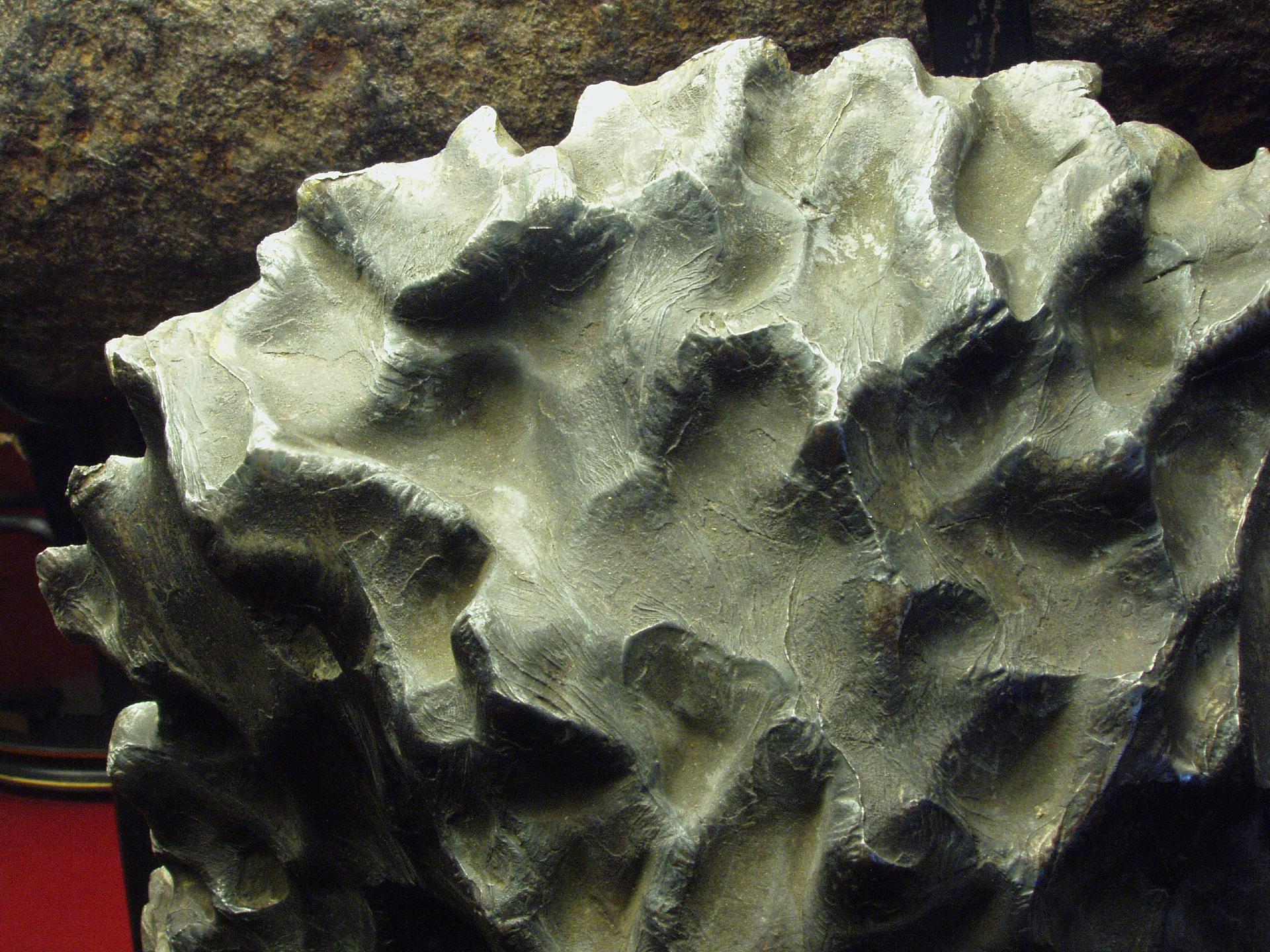
Figure 5. Distinctive regmaglypts on the surface of the large Cabin Creek iron meteorite (IIIAB) in the Natural History Museum in Vienna.